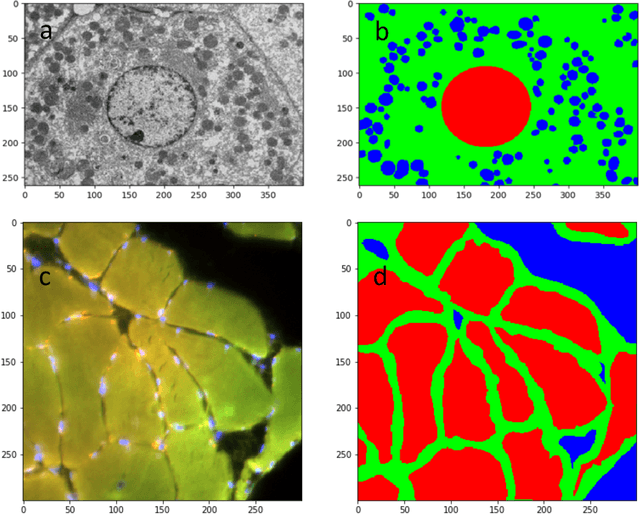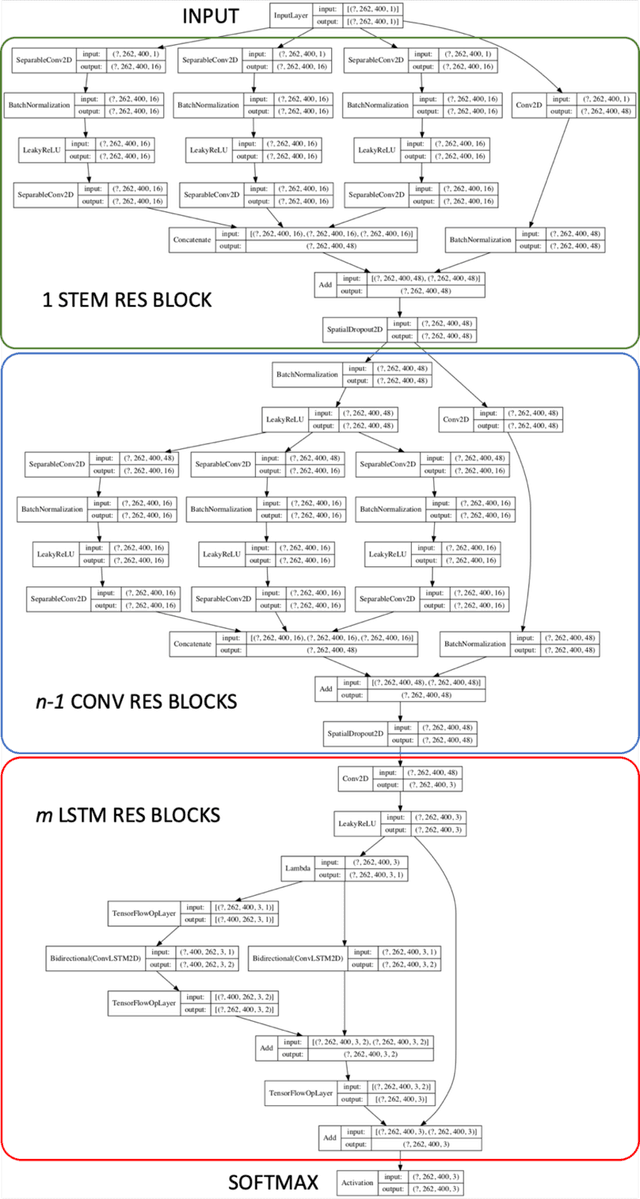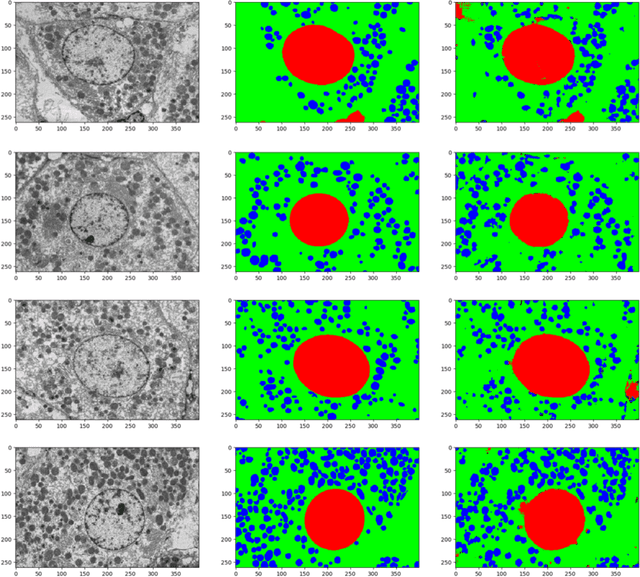Get our free extension to see links to code for papers anywhere online!Free add-on: code for papers everywhere!Free add-on: See code for papers anywhere!
Maranda Saigh
Res-CR-Net, a residual network with a novel architecture optimized for the semantic segmentation of microscopy images
Apr 14, 2020Authors:Hassan Abdallah, Asiri Liyanaarachchi, Maranda Saigh, Samantha Silvers, Suzan Arslanturk, Douglas J. Taatjes, Lars Larsson, Bhanu P. Jena, Domenico L. Gatti
Figures and Tables:







Abstract:Deep Neural Networks (DNN) have been widely used to carry out segmentation tasks in both electron and light microscopy. Most DNNs developed for this purpose are based on some variation of the encoder-decoder type U-Net architecture, in combination with residual blocks to increase ease of training and resilience to gradient degradation. Here we introduce Res-CR-Net, a type of DNN that features residual blocks with either a bundle of separable atrous convolutions with different dilation rates or a convolutional LSTM. The number of filters used in each residual block and the number of blocks are the only hyperparameters that need to be modified in order to optimize the network training for a variety of different microscopy images.
Via
 Add to Chrome
Add to Chrome Add to Firefox
Add to Firefox Add to Edge
Add to Edge